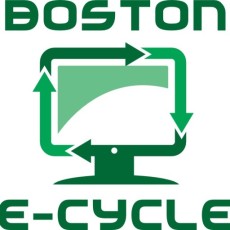Everything from credit card offers to weekly circulars, you start to realize that you’re getting way more mail that you don’t need to respond to or act on. After switching everything to online billing and electronic correspondence, it’s surprising that you still get 8 credit card offers, 2 circulars, and 10-12 different store catalogs per week. The following steps are perfect for you if you no longer want to receive any useless mail:
- get your name removed from the credit card offers list:
- Go to optoutprescreen.com and find the Permanent Opt-Out Election form online
- Once you fill out the online form, you’ll need to print (yes, print), fill out, and mail the signed form to the address mentioned
- Wait a few weeks, and start to realize that you are literally not getting any more of those ridiculous credit card offers!
- if you’re still getting the occasional offers, you can actually reach out to the vendor directly to have them remove you from their offers list (I would get some from my bank and American Express, until I told them to stop sending the offers by mail)
- weekly circulars sometimes have an online location that you can opt out of receiving their mailings….I found the link to these typically on the back of the circular or near my name & address. The removal process is pretty straightforward and you’ll no longer receive that extra paper that you typically burn or recycle
- store catalogs- for this, it’s almost exactly like the weekly circulars…just look for an online opt-out link on the catalog and let the company know that you no longer wish to receive anything
- online billing and correspondence- for all of my utility companies, I’ve switched over to online billing and paperless correspondence. It’s almost pushed by the companies at this point since they get paid faster (normally) and they spend less on their mailings.
Is there any other junk mail that you typically receive?
